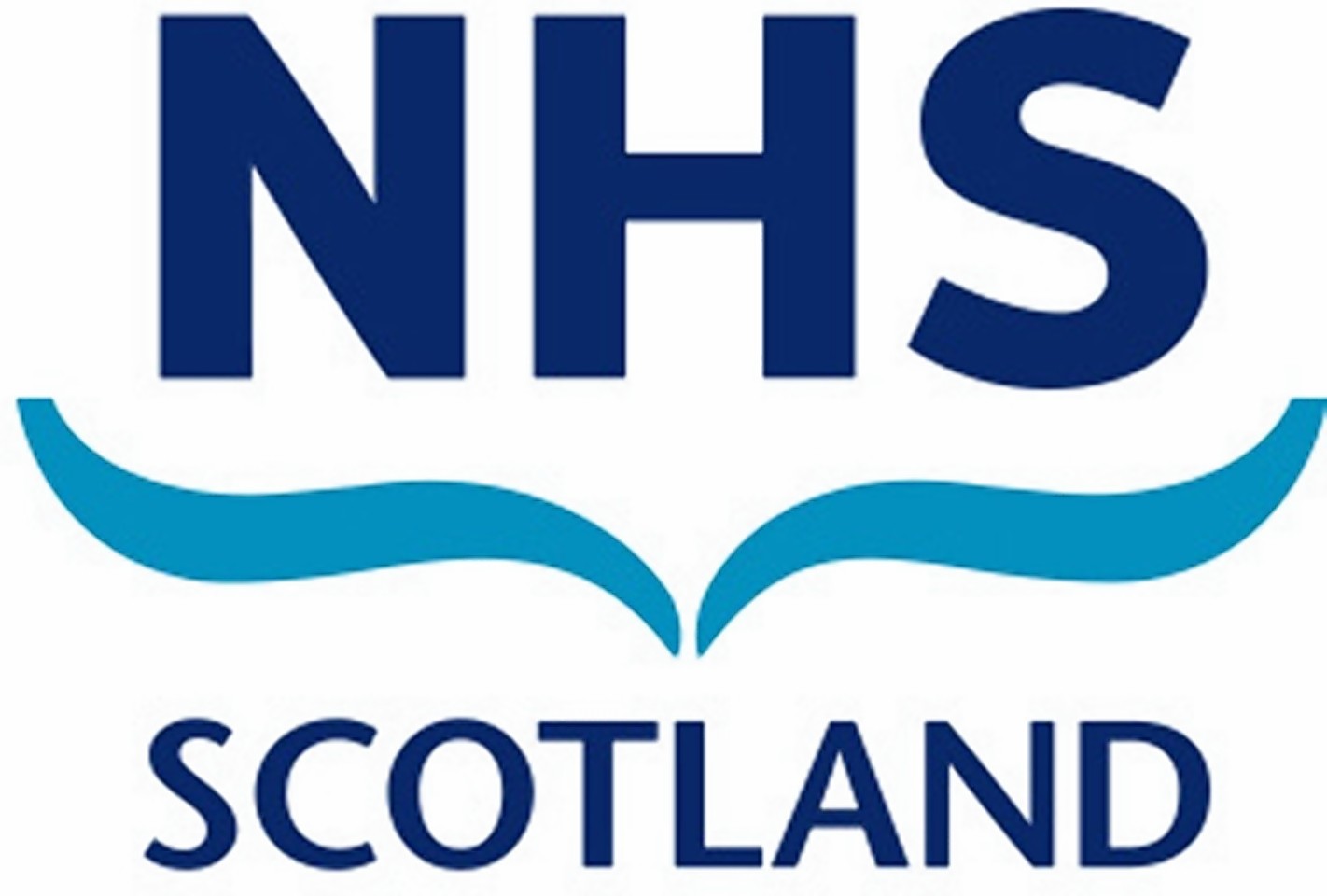A 65-year-old man with mental health problems weighed just 4.5stone when he died in hospital after refusing food, drink and medical treatment, according to a new report.
An investigation by the Mental Welfare Commission for Scotland found that “opportunities were missed” to give him “as comfortable and dignified a death as possible”.
The commission’s report was heavily critical of those responsible for looking after the man before his death in May 2012.
It states that the man, who has not been named, lived in a “remote area of Scotland”, however, the commission would not name the GP practice, NHS board or local authority involved.
The man who was named only Mr JL in the report, is described as suffering from “cognitive difficulties and significant communication difficulties” and having “a history of depression”.
The report states that he repeatedly refused medical examination and treatment and food and drink and, on admission to hospital, was found to weigh just 4.5stone.
But the commission was concerned that he may not have been capable of consenting to or refusing medical treatment.
A postmortem examination concluded that his death was due to pneumonia and cancer of the tongue and floor of the mouth.
The commission’s chief executive, Colin McKay, said: “Although a number of professionals were concerned about Mr JL’s wellbeing, they did not ensure that a proper assessment was made of his capacity to make such a major treatment decision.”
He added: “As a result, opportunities were missed to give Mr JL as comfortable and dignified a death as possible.”
The commission has made 17 recommendations to the care provider, local authority, the NHS board responsible for Mr JL’s care and treatment, Healthcare Improvement Scotland and the Scottish Government.
These include better training in incapacity legislation and more effective support for sole care workers, particularly where a service user may be at risk.
A Scottish Government spokesman said: “We accept the findings of the Mental Welfare Commission and will be working closely with the NHS board to help them implement the recommendations in full.”
And a spokesman for Healthcare Improvement Scotland said: “We have noted the recommendation made by the commission and will ensure that it informs our review of the national framework (for NHS Scotland).”
